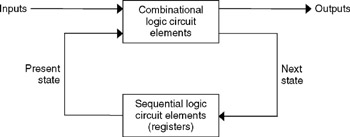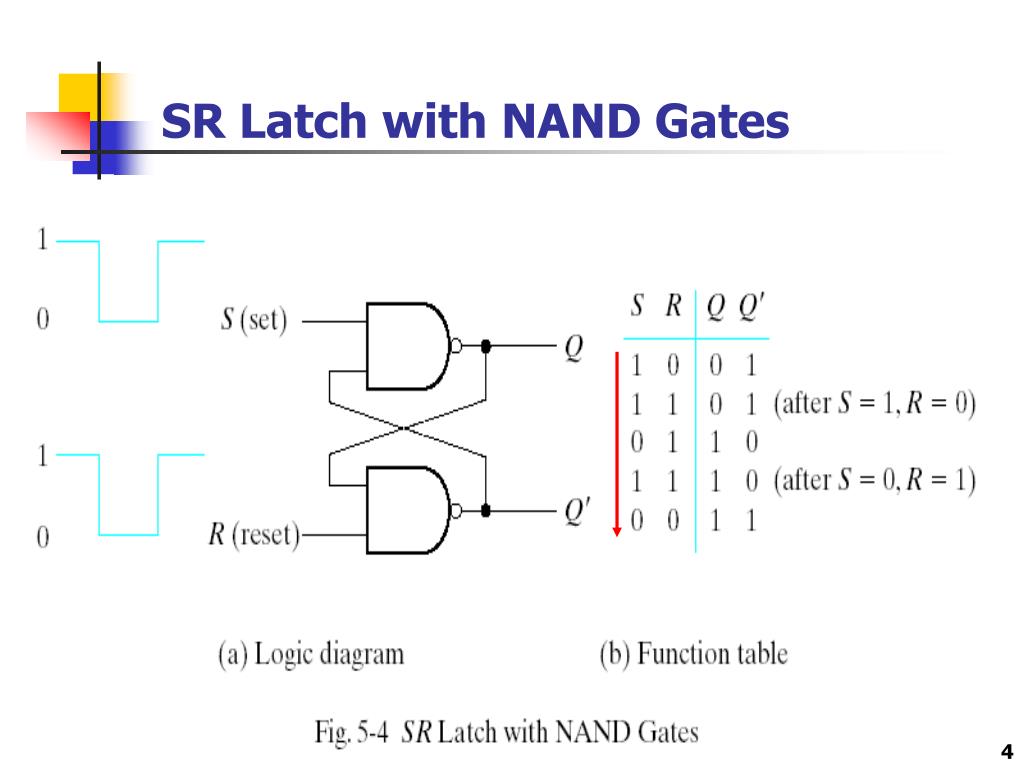

There are two outputs sum (S) and carry out (C out). There is a third input carry input (C in). The first output is a sum and the other is “carry out”. So, there are three inputs and two outputs.
#SEQUENTIAL LOGIC FULL#
This full adder circuit must be capable of adding the carry input as well. Step 2: It is desirable to design a 2-bit full adder.

These two bits are added to the carry from the previous significant position. A full adder circuit adds two bits at a time. Implement each expression with the help of logic gates.Simplify the SOP/POS expression with the help of Boolean algebra / K-map.Assign a unique variable to each input and output.Identify inputs and outputs and determine the required number of inputs and outputs.They are less complicated than sequential circuits.There is no need for a clock for the transition of states.There is an inherent delay between the two gates. The speed of the circuit depends on the propagation delay of individual gates.The output exists as long as the input exists.These inputs are processed by a memoryless logical network. The block diagram shows a set of inputs and outputs.The output function can be expressed mathematically as follows: From the block diagram, the following points are concluded. It may have any number of inputs and outputs depending on the operation to be performed. The following is a block diagram of the system. There is no feedback path and no memory element. These are the simple building blocks of digital systems and employ basic logic gates (AND, NAND, OR, NOR).īelow is a circuit of a half adder. Also, their output is independent of the previous output.Ī combinational circuit performs a specific operation, which is entirely determined by a truth table or a logic expression (a Boolean expression) or a logic circuit. These circuits are independent of the history of inputs and thus no need for a memory element (typically a flip flop). These are systems whose output at any instant of time is solely dependent on the present state of its inputs. In this article we will dig into difference between sequential and combinational circuit. The steps involved in the analysis of sequential circuits include a state table, state diagram, evaluation of flip-flop equation and finally a circuit diagram. The behavior of the system is determined by the inputs, outputs and the state of its memory. Whereas sequential logic circuits have both a memory element and a combinational logic circuit. The analysis of combinational logic is pretty straightforward: It involves a truth table, evaluation of logic expression and finally a circuit diagram. The output at any instant of time is determined by the present inputs.

Combinational circuits perform tasks that do not require memory to store their data - their operation is independent of time. Digital logic circuits are broadly classified as combinational logic circuits and sequential logic circuits.


 0 kommentar(er)
0 kommentar(er)
